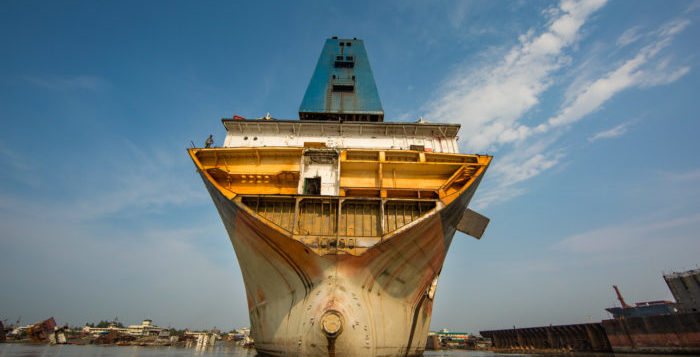Digitalization and automation are a hot topic in the shipping industry with the digital twin technology developing rapidly in vessels’ simulation or individual components, such as engines or thrusters.
An example of the digital twins technology is Singapore’s TUAS port which will in 2021, and will be able to optimize processes and enhance information-flow and sharing.
Overall, digital twins will be conducted virtually, without the need for physical assessment, saving time and costs.
The digital twin technology is an advantage for the shipbuilding sector, as it will enable engineers use computer aided engineering (CAE) programs to design a vessel, or its components, and precisely plan each stage and element.
Digital twin will help an engineer use the digital twin to test and predict how an unknown material can be used in certain conditions; A clear representation of a design can provide detailed information flow between designers and engineers and enhance communication with customers and investors.
[smlsubform prepend=”GET THE SAFETY4SEA IN YOUR INBOX!” showname=false emailtxt=”” emailholder=”Enter your email address” showsubmit=true submittxt=”Submit” jsthanks=false thankyou=”Thank you for subscribing to our mailing list”]
Recently, the US Navy launched a program to recapitalize and modernize the infrastructure at the four public nuclear shipyards to include critical dry dock repairs, restoring needed shipyard facilities and optimizing their placement, and replacing aging and deteriorating capital equipment.
Moreover, in today’s vessels and apps performance analysis can conducted digitally, as sensors on equipment transfer performance data to the digital twin for increased accuracy and even real-time analysis.
Digital twins are a trend in the maritime sector; In 2018, partners launched the Open Simulation Platform (OSP) initiative, which explores the abilities of “digital twins”, with its partners creating a platform, open to other parties, to exchange information and store simulated ship, systems and equipment.






























































